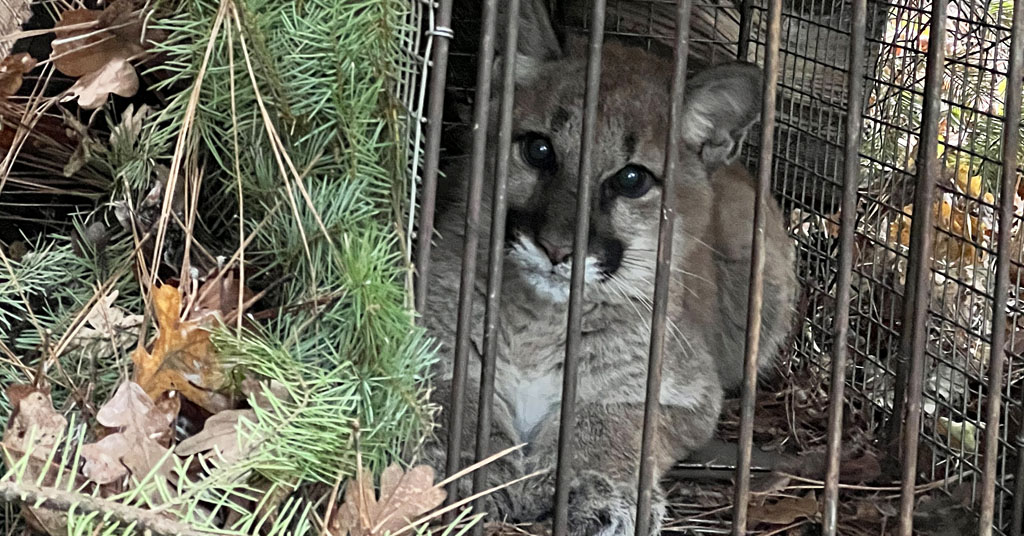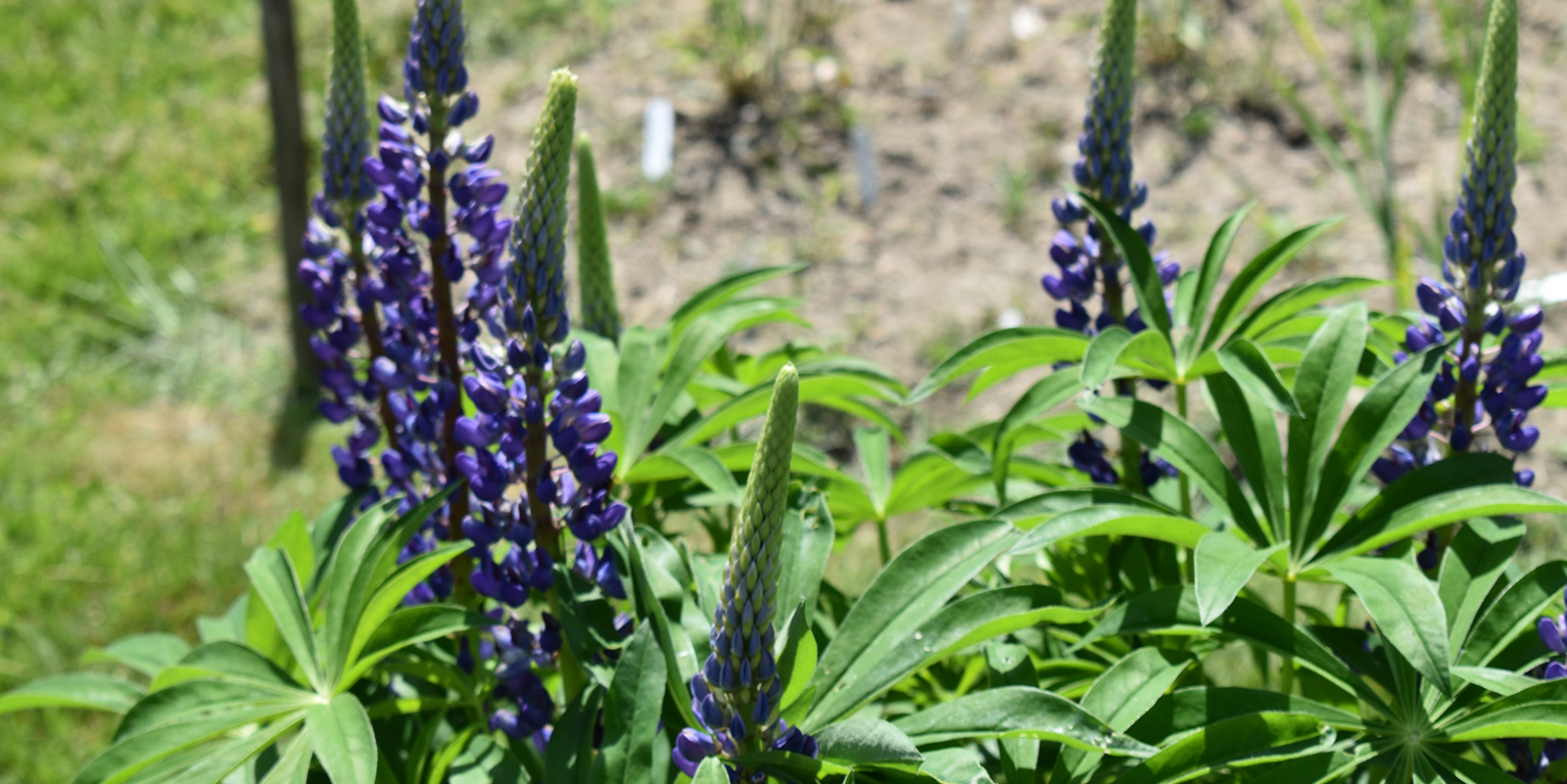Human Fingerprints All Over Monarch Decline
September 6, 2014
Sandy Oliviera has raised monarch butterflies in her East Providence backyard for 25 years. In 1998, she helped 125 monarch caterpillars transform into butterflies, and then released them to the wind.
“I began to feel like a butterfly factory that year,” Oliviera said. Each time her husband or daughter collected milkweed to feed their captive caterpillars, they returned with more eggs or caterpillars to raise. Some days, Oliviera released a dozen newly emerged butterflies, to the pleasure of her 8-year-old grandson who let them rest on his head before they flew away.
This summer, for the first time, Oliviera hasn’t found a single monarch egg or caterpillar, and hasn’t seen any monarch butterflies.
A great migration
Monarchs are amazing insects. Each March, after overwintering in the forested mountains of Central Mexico, they fan northward on a 3,000-mile journey to southern Canada. In late August, as the weather cools, they fly back to Mexico.
This annual migration is achieved through the efforts of multiple generations of monarchs. After leaving Mexico, the butterflies lay eggs in the southern United States before dying. Their offspring complete the migration north, where up to four more generations hatch, reproduce and die.
By fall, the monarch population can grow to be hundreds of millions strong, as they begin their migration south. How this younger generation of monarchs locates the same overwintering forests in Mexico each year, despite never having flown there before, remains a mystery.
Population on brink
Last winter set the record for the lowest overwintering population of monarchs in Mexico since record keeping began, undercutting the record set the previous winter. The monarch population has plummeted from relative highs during the 1990s, in large part because of habitat loss and a changing climate.
In fact, the United States has lost about 167 million acres of monarch habitat east of the Rocky Mountains since 1996, according to Chip Taylor, director of Monarch Watch, a University of Kansas program devoted to monarch conservation.
This habitat loss is roughly equivalent to the land area of all six New England states, New York, New Jersey, Pennsylvania, Maryland, Ohio and Virginia combined.
Taylor attributes most of this habitat loss — some 150 million acres — to the introduction of herbicide-tolerant crops in 1996, especially corn and soy.
Milkweed, the only plant monarchs lay eggs on, can’t survive in fields sprayed with herbicides designed for such crops. The passage of an ethanol mandate by Congress in 2007 further incentivized and accelerated the conversion of butterfly habitat into fields of corn. The other significant contributor to habitat loss, according to Taylor, is development. Taylor has conservatively estimated these losses account for 29 percent of the monarch’s summer range.
Logging of overwintering forests in Mexico is another cause of declining populations, according to Taylor. These dense forests act as insulators, keeping moisture in and temperatures relatively stable. As trees are felled, the forests’ ability to regulate themselves is being diminished and leaving butterflies exposed.
Habitat loss is considered responsible for the long-term population decline of monarchs, but temperature fluctuations during spring 2012 and 2013 pushed the population to record lows, according to Taylor. In 2013, cool spring temperatures slowed the development of monarchs in southern states and delayed recolonization of summer breeding grounds. Conversely, in 2012, warmer-than-average temperatures negatively impacted monarchs. Both scenarios resulted in dramatic population decline.
Local loss
This national trend matches the observations of local monarch enthusiasts, including Oliviera’s. Over the decades, Oliviera has witnessed the steady decline of monarchs, and then their virtual disappearance from East Providence during the past two years. In 2013, she raised only six monarchs; this year, she hasn’t seen an egg, caterpillar or butterfly.
Oliviera works at the Fox Point Community Library, an after-school hot spot, where she raises monarchs for her patrons to observe.
“It’s something that not just the kids enjoy, but the adults too,” she said.
When a monarch egg arrives, according to Oliviera, the patrons’ anticipation builds as it progresses from egg to caterpillar to chrysalis to butterfly — a four-week process. She allows the children to carefully handle newly emerged butterflies before they take flight.
“I think that’s a good moment,” she said.
Finding monarch eggs and caterpillars for the library used to be easy, Oliviera said, but recently the library’s caterpillar cage has been collecting dust; she can’t find any to raise.
In Foxborough, Mass., Madeline Champagne, a member of the Massachusetts Butterfly Club, is another longtime monarch foster mother. About a decade ago, she found 1,500 monarch eggs in one season. She raises some herself, and gives the rest to classrooms.
“I could find eggs on command,” she said. In one year, she supplied 60 classrooms with four to six eggs each. Last year, that number dropped to three classrooms, each receiving only one or two eggs.
As recently as summer 2012, Champagne collected 640 caterpillar eggs, but only found 40 eggs in 2013 and 40 so far this year. The eggs she found during the past two years have been in milkweed patches that lack evidence of other monarch caterpillars or butterflies, suggesting that only a single female flew through the area.
David Gregg, executive director of the Rhode Island Natural History Survey (RINHS), has observed the same population collapse of the past two years. In most years, Gregg said, he spots his first monarch in mid-June; this year, he didn’t see one until the end of July. Despite frequent visits to milkweed patches, he has only seen caterpillars once this year.
“If you go out at lunch and make a list of the butterflies you see, a monarch should be on that list,” Gregg said. This year, though, that hasn’t been the case. “It’s definitely a low year.”
Since 2007, the Audubon Society of Rhode Island has conducted a survey of butterflies in all five Rhode Island counties. The count is completed on a single day in early July. Experts and the general public participate.
While the annual number of hours spent counting has remained relatively constant, the number of monarchs counted has declined. With the exception of 2012, a year with an unusually high number of monarchs, each year since 2009 has returned a lower monarch count than its predecessor. During the 2013 and 2014 surveys, only about 20 monarchs were counted, down from 200 monarchs counted in 2009.
Eugenia Marks, senior director of policy for the Audubon Society of Rhode Island, said the counts can be erratic because they represent a snapshot of only one day each year. Cool or hot weather, the pace of the monarchs’ migration north and a variety of other factors can lead to a high or low count in a given year, she said.
Still, the trend during the past seven years points to a decline, and the Audubon surveys match the experiences of more consistent observers such as Oliviera and Champagne.
End of the line
Being at the end of the monarch migratory chain is a major contributor to southern New England’s low monarch population, according to Gregg. “There is not a whole lot we can do (locally) to make more arrive in Rhode Island,” he said.
Despite that fact, Gregg said, more can be done to assist the monarchs that do make it to the region.
Rhode Island is home to common, swamp and orange milkweed and butterfly weed, all suitable monarch habitat. Increasing the amount of these plants could help monarch numbers grow, Gregg said. “You don’t need a big milkweed patch to get four or five monarchs out of it,” he said.
The problem is that Gregg has observed a decline in local milkweed. Fields taken out of production 30 years ago are productive habitat for wildlife, including for monarchs, Gregg said. But many such fields have been lost to development or have reverted to forest.
He also blames property owners with manicured lawns and gardens. “People could be happier with what they have,” said Gregg, who has observed people remove milkweed and replace it with pest-free exotics in their gardens. “Exotics are pest-free because nothing around here will eat them. They don’t contribute to the ecosystem.”
Another productive habitat for monarchs is the vegetated dunes along southern New England’s coast. A 2005 RINHS report about the Napatree Point Conservation Area in Westerly stated, “In September, hundreds of Monarch butterflies were seen feeding on seaside goldenrod and were likely congregating as part of a migratory event.”
But dense coastal development and rising sea levels are putting these important migratory staging grounds at risk.
Howard Hoople, president of the Massachusetts Butterfly Club, isn’t panicking … yet. “I see fewer monarchs, but not dramatically fewer,” he said.
Hoople was in the Adirondacks when ecoRI News spoke with him, and he said he had spotted a monarch a day earlier. He also noted that he saw a monarch caterpillar during the trip.
Hoople said he hasn’t observed a major decline in milkweed around his home in Andover, Mass. In some areas, such as neglected farm fields and home gardens, he said the amount has probably increased.
Still, Hoople doesn’t deny the well-documented decline of the monarch population, or the concerning numbers of the past two years. “All migrating animals are having a hard time, not just monarchs,” he said.
Monarchs receive more focus because they are the backyard example, but many migratory animals are struggling with the same issues, mainly habitat disruption and climate change, Hoople said.
Extreme temperatures, such as a cold snap at the wrong time, can kill huge numbers of butterflies, Hoople said. In 2002, temperatures at overwintering grounds dropped below 30 degrees Fahrenheit for three consecutive nights. Tens of millions of butterflies died as a result. In one overwintering forest, butterfly mortality reached 81 percent, according to Monarch Watch.
More frequent and intense storms in New England have been blamed for harming or rerouting monarchs, according to Hoople. In 2013, extensive periods of cool, rainy days limited reproductive success in the Northeast and led to the third-lowest southward migration recorded at Cape May, N.J., since 1992, according to Monarch Watch. As the climate continues to change, monarchs could struggle to adapt to the new conditions.
Invasive lookalike
Monarch reproduction is also being hindered locally by black swallow-wort, introduced into Massachusetts from Europe as early as 1854, according to the National Parks Service. The plant is a member of the milkweed family, but caterpillars that hatch on its leaves don’t survive. Black swallow-wort is highly invasive and outcompetes native milkweed.
Jamie Rafter, a Ph.D. candidate at the University of Rhode Island, is studying the predatory behavior of the Chinese mantis toward monarch caterpillars. Her research has shown that the mantis is unaffected by the caterpillar’s toxicity, which keeps most predators at bay. Her next experiment will consider whether the mantis could be impacting overall monarch populations.
While monarchs have always had to contend with parasites, predators and invasive species, Rafter fears that monarchs may be at their tipping point. “With so few eggs laid each year, the small things can begin to add up,” she said.
A female laying hundreds of eggs in vain on the leaves of black swallow-wort, or a handful of caterpillars being eaten by a Chinese mantis, could be significant in an age of record-low monarch populations.
Future concerns
None of the people interviewed for this story are optimistic about the monarch’s future, but neither are they hopeless.
“We have to get milkweed growing in as many places as we possibly can,” Oliviera said.
Some organizations are committed to doing just that. Bring Back the Monarchs offers free milkweed seeds to schools and nonprofits. Save Our Monarchs will send three free seed packs to anyone for the cost of shipping.
Public education is another important piece of the puzzle, according to Oliviera. More people need to learn to raise monarchs, she said. Oliviera and Champagne successfully raise about 90 percent of the eggs they find; Mother Nature’s rate is below 10 percent.
Champagne supports Oliviera’s call for more milkweed and education, but also said existing milkweed could be managed better. Females prefer young milkweed plants, according to Champagne. She said she once observed a female butterfly ignore tall milkweed and lay eggs on milkweed low to the ground. Milkweed cut back in July provides better habitat for butterflies in August, Champagne said.
Champagne said milkweed can’t withstand repeated cutting, and that only half of a field should be cut at a time so as not to disturb the entire ecosystem. The Audubon’s Marks noted that, if cut, milkweed may not regenerate and flower in time to provide nectar to monarchs, therefore, she said, some milkweed should remain uncut in every field.
While milkweed is the most important plant for monarchs, other native flowers such as goldenrod are also important nectar sources for the butterflies. Monarchs store nectar to produce the energy they need to make their long migration, Marks said. Simply letting a weedy patch grow in a yard can make a difference, she said.
“We help monarchs by having native plants,” Marks said. Pesticides must not be used, she said.
Hoople also supports efforts to increase habitat by planting milkweed, but fears that countering the massive amount of habitat loss that is happening in states with industrialized agriculture is impossible.
“The message for hope is that monarchs lay a lot of eggs, which allow them to recover from a low population fairly quickly,” he said. Each female monarch can lay several hundred eggs in its lifetime.
Hoople noted that the large population of monarchs is an advantage; there is a chance that the adaptive genes the butterflies need to survive in this changing landscape and climate exist in the gene pool, he said.
But unless the big problems are addressed, Champagne said, the decline of the monarch population will continue. “Climate extremes are only going to get worse,” she said. “Doing things naturally is important.”
For Oliviera, who teared up while recalling memories of raising monarchs with her daughter, something personal is at stake. Her grandson is the fourth generation in her family to help raise monarchs. Losing the monarchs, could also mean losing a family tradition she has come to cherish.
The southward monarch migration in Rhode Island peaks between Sept. 5 and 20.
Categories
Join the Discussion
View CommentsRecent Comments
Leave a Reply
Your support keeps our reporters on the environmental beat.
Reader support is at the core of our nonprofit news model. Together, we can keep the environment in the headlines.
We use cookies to improve your experience and deliver personalized content. View Cookie Settings




As usual, the underlying reason behind the decline is human population growth and the resulting demand for food, energy, ad living space. Though milkweed could be managed better, there is little hope for so much wildlife unless relentless human population growth is somehow curbed.